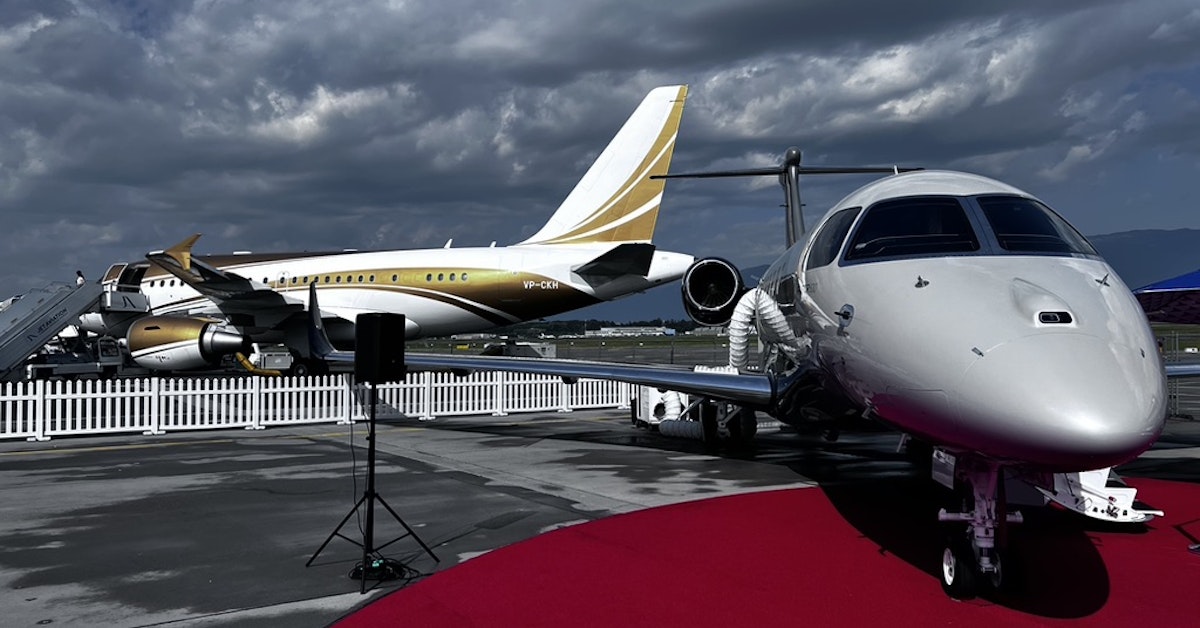MIAMI, FL, UNITED STATES – Jet card hourly rates increased 2.8% year-over-year at the end of 2024’s fourth quarter despite a 0.5% sequential dip in Q4, according to the latest quarterly private jet pricing report from buyer’s guide Private Jet Card Comparisons.
That puts the average hourly rate for fixed/capped rate jet cards with guaranteed availability 31.8% higher than Q4 2020 and 23.8% above pre-Covid Q4 2019 pricing.
2020 prices benefitted from waiving the 7.5% Federal Excise Tax from the CARES Act.
Other factors that impact how customers can use their jet card and what they will pay, such as daily minimums, peak days, and callouts, also saw marginal quarter-to-quarter moves.
Private Jet Card Comparisons allows consumers to compare over 80 providers and 500 jet card, membership, and fractional programs. In addition to pricing, paid subscribers can compare over 65 factors that impact selection.
The quarterly analysis includes providers with fixed/capped rate guaranteed availability programs.
“While general economy and airline pricing data for FY 2024 is not yet available to compare, the increase in jet card pricing is largely in line with overall air travel, which between 2019 and 2023 increased by 25.3%, according to the U.S. Department of Transportation,” said Doug Gollan, Editor-in-Chief and President of Private Jet Card Comparisons.
Gollan continued, “Despite the price increases, flight providers are not necessarily increasing profits. They face higher pilot salaries, maintenance technician salaries, training costs, supply chain price increases, and shortages of parts and maintenance availability that keep airplanes on the ground longer, meaning less revenue per unit.”
He added, “The positive view for operators that offer fixed-rate guaranteed products is that there is less need to go off-fleet to other providers to fulfill guaranteed flights. During the peak of demand in 2021 and 2022, flight providers often lost money on those flights, paying more to a third-party operator than the customer was paying them.”
Q4 2024 Jet Card Pricing & Policies
Hourly jet card rates averaged $11,052 at the end of 2024. That was down $50 per hour from Q3. Year-over-year jet card rates were up 2.8%. Compared to two years ago, they were down 5.9%. Rates include the 7.5% Federal Excise Tax if charged additionally to published rates. Fuel surcharges are included on the same basis.
Daily minimums went in the wrong direction quarter to quarter. The minimum flying time charged increased from 86.1 minutes to 86.7 minutes. The good news is they are largely back to 2019 levels when the average stood at 86.2 minutes.
Peak Days dropped by 1.6 days to 44.6 average peak days quarter-to-quarter. That’s still above the 22.8 average peak days for programs in Q4 of 2019. Year-over-year peak days were down from 47.5 days at the end of 2023 to 44.6 days. Sequentially, peak days dropped 3.5%. Peak days have declined since the end of 2022, down 19.9% over that run. However, they are still 95.5% higher than back in 2019.
The average non-peak callout went up quarter-to-quarter by 1.1 hours to 66.2 hours. Non-peak callout averages have ranged between 64.7 and 59.2 hours since the end of 2022. That’s still planets away from the 23.2-hour average before Covid at the end of 2019. Still, the number dropped 4.5% year-over-year.
